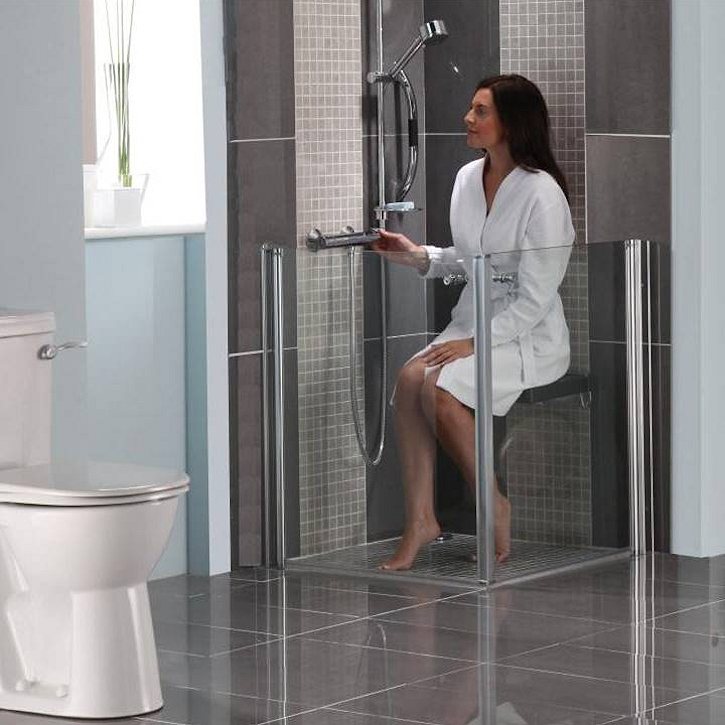One of the most popular options in the world of accessible bath solutions is also one of the most all-encompassing.
These wet rooms have become increasingly popular amongst bathroom designers because they allow for much more creative uses of a bathroom’s space, can help a bathroom look bigger due to the lack of furniture and offer more flexibility when it comes to dividing the space.
This is believed to add value to a home, but it is far from the only benefit. Wet rooms are an inherently more efficient use of a smaller space, they are much easier to clean due to universal waterproofing and offer more accessibility options than a bath or low-recessed shower tray.
At the same time, whilst there are a lot of benefits to setting up a wet room, it is important to note the importance of working with a professional to get it right, as a poorly fitted wet room can cause a greater detrimental impact on a home’s value than a similarly shoddy bathroom.
As a result of this, the necessary bathroom membrane, extra tiling and the need to bring in a specialist can make a wet room expensive to build initially.
As well as this, ensuring that grip mats, and bars are fitted is a much greater priority as in a wet room the entire room tends to get splashed if there is no screen in the way of the shower, meaning that the floor can sometimes be more slippery than a more conventional bathroom.
There are other considerations to make when designing a wet room as well, such as heating.
Whilst there is no problem necessarily with having a heated towel rack or radiator, underfloor heating is a very effective solution, and this can help dry the room quickly after it has been used.
Ventilation is also a greater priority, as the space can cause a considerable amount of condensation, and if this is left unchecked it can cause wallpaper bubbling and ventilation.

